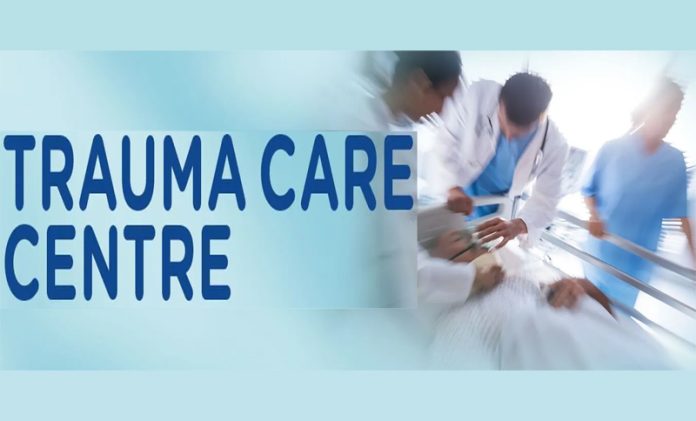The plight of trauma hospitals in accident-prone areas of J&K is a grim testament to the disconnect between Government expenditure and public service. These hospitals, built to save lives, have instead become symbols of neglect, where infrastructure stands idle and the intended beneficiaries are left to fend for themselves in times of crisis. Trauma hospitals are intended to be bastions of hope for victims of severe accidents. These hospitals are supposed to be equipped with advanced medical equipment and staffed by highly specialised professionals, including surgeons, anesthesiologists, and other healthcare providers trained to handle life-threatening injuries. Yet, the reality on the ground is starkly different. The trauma hospitals at Thathri and Khellani in the Doda district, for instance, are little more than empty shells. Despite the millions spent on their construction, these hospitals are unable to fulfil their intended purpose due to a lack of both equipment and staff. The situation is so dire that even general surgeons and anaesthesiologists, who are crucial for operating theatres, are missing. As a result, these hospitals can do little more than refer patients to better-equipped facilities in Doda or Jammu, delaying critical treatment and putting lives at risk.
This neglect is not only a gross misuse of public funds but also a violation of the basic right to healthcare. The money spent on constructing these hospitals could have been used to save countless lives had it been accompanied by the necessary operational resources. Instead, these buildings now stand as monuments to bureaucratic apathy, where the lack of follow-through on staffing and equipping has rendered them virtually useless. The case of the Trauma Hospital in Khellani is particularly egregious. Built five to six years ago, this facility remains in limbo, utilised as a sub-centre and a training ground for paramedical staff rather than the critical care centre it was meant to be. Repeated requests for the sanctions of posts have been met with empty promises, and the situation remains unchanged. The building exists, but the care it was meant to provide does not. The situation in Ramban district further exemplifies the policy paralysis afflicting the Health Department. Here, the trauma hospital operates within the District Hospital Complex-a baffling arrangement that raises serious questions about the planning and execution of healthcare services in the region. The logic behind having both facilities in one complex is unclear, and the result is predictably chaotic. Accident victims are treated in the District Hospital, which itself lacks the specialised staff and equipment necessary for proper trauma care. The absence of a neurosurgeon and the lack of an MRI machine only compounds the problem, making effective treatment a matter of chance rather than certainty.
This dire state of affairs persists despite repeated calls for action in numerous review meetings of the Health Department and the Road Safety Council. The disconnect between these discussions and their implementation on the ground is a glaring example of the systemic issues plaguing the administration. The silence of the authorities speaks volumes about the lack of accountability in the system. There is an urgent need for immediate and decisive action. The sanctioned posts for doctors and paramedical staff, along with emergency specialists, must be filled as a matter of urgency. The foremost need is to stabilise accident victims and then refer them if required. Facilities like CT scans and MRIs must be provided for accurate diagnosis and treatment.
The situation at trauma hospitals in Jammu and Kashmir is a microcosm of the broader challenges facing public healthcare. It highlights the consequences of a system where infrastructure development is not matched by the operational support needed to make these facilities functional. The victims of road accidents and other tragedies deserve a healthcare system that is responsive, well-equipped, and capable of providing the life-saving care they need.
Trending Now
E-Paper


